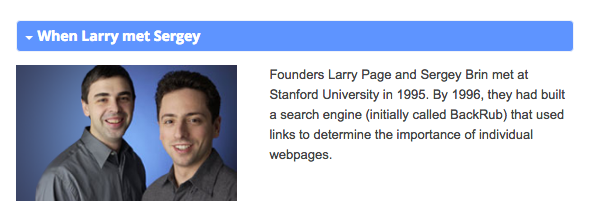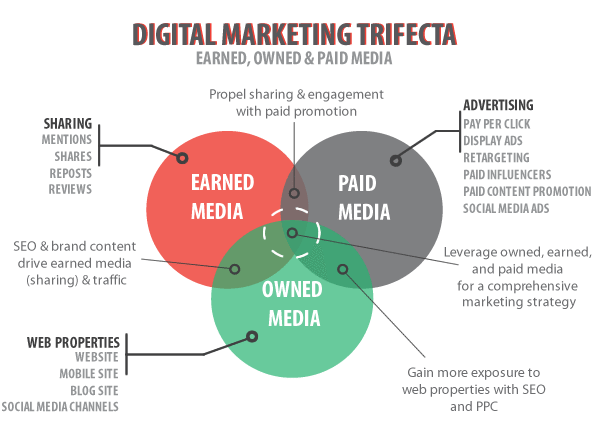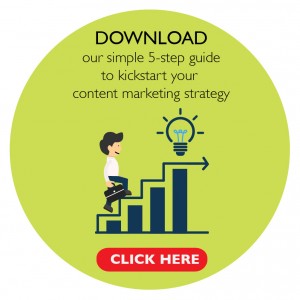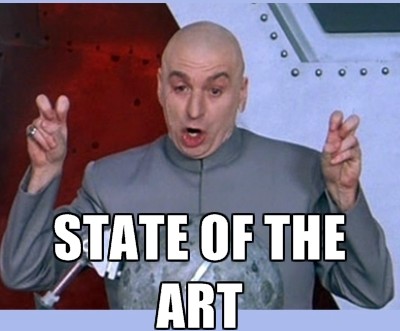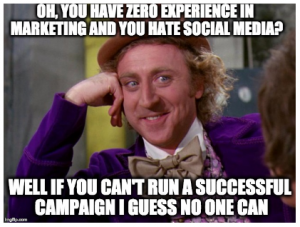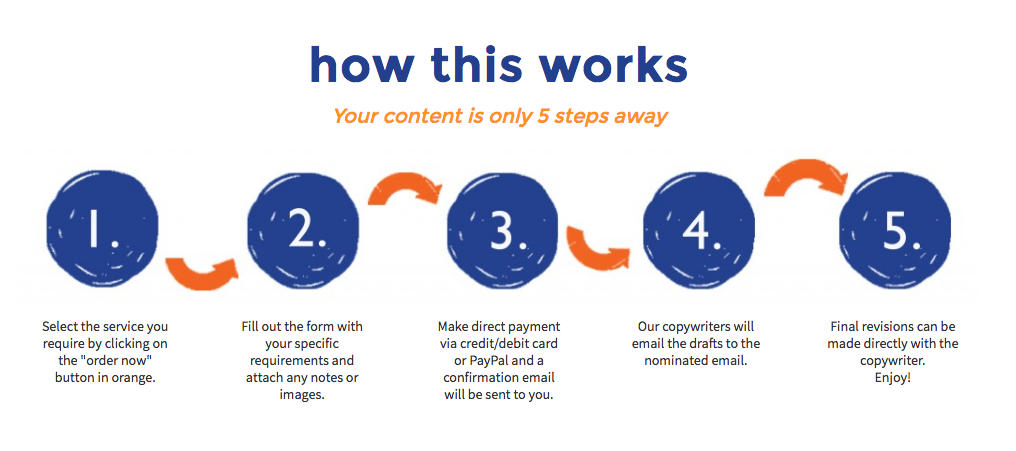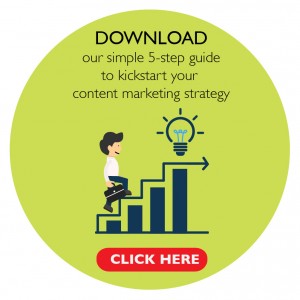If you’ve just joined us, this feature is part of a regular series giving you a brutally frank yet realistic look at the startup world. In ‘Your brand sucks: Part 1” I talked about realising that effective brand communication is key to success. This second part will continue with some more honest truths.
- You are not Steve Jobs
You just aren’t.
Don’t make subtle comments in meetings about what Steve Jobs’ approach to marketing was. Don’t make sly comments about Steve Jobs’ attention detail when you are ripping apart plans or copy. You just aren’t him!
But don’t worry. You are you, and that’s awesome. You can have your own vision for your brand. Use that to justify your decision making processes instead of having input simply for the sake of having input.
You are building your own empire, and that means there are a whole new set of rules that you decide, and which marketing students in 30 years’ time can marvel at. If you don’t know what the vision is, then that’s also ok. Plenty of amazing leaders have built billion dollar companies by knowing their strengths and collecting the right people around them, who can help them to articulate, communicate or even develop a vision and brand.
- Don’t go cheap
This makes me want to cry. I see it most often from the types who transition from a bigger corporation into startups. They are used to these things simply happening in the background without understanding it. They usually react to the discovery of cheap offshore outsourcing like they’ve discovered a life hack no one else has ever stumbled across before.
They’ll proudly pull out their branding decks at a first meeting and exclaim how they got it done in Thailand for a few hundred dollars (often followed by a series cocky statements reminding us that our prices need to be dirt cheap, or they’ll simply get that done offshore as well.)
Firstly, I take this as an insult to me, my colleagues and the craft we’ve spent our working careers learning and developing in. It’s not a great start to any partnership to insult the other person. If you talk to me like this at the beginning, I will simply tell you to go elsewhere. Why would I pour my energy into your brand if I think you’re an arse?
Secondly, the “great deal” you were offered probably sucks. Nine times out of 10 you’ve gotten something I would slap a high school student for submitting. This is particularly true if you’ve just asked them to come up with something without a brief or concept.
If you fail to see the problem and refuse any input, I’d write you off as a lost cause. No one’s got time for that, and I’d prefer not to associate my agency’s brand associated with you. As a startup you are already up against the odds. Throwing in an amateur, cheap-looking brand and poor strategy just makes your own life so much harder.
Like any rules there are exceptions, and people love to cry out in outrage pointing out the inaccuracies of it all because they can point at a handful of companies it doesn’t apply to.
And to be honest I don’t care. Ignore it and make your business journey 10X harder than it needs to be.
It’s not about spending money, it’s about using your brain.
Need help? Drop me an email at hello@mutant.com.sg.

